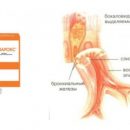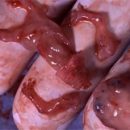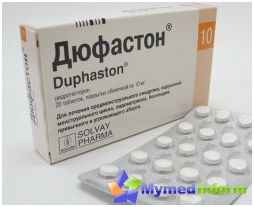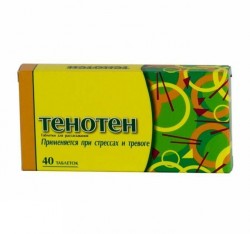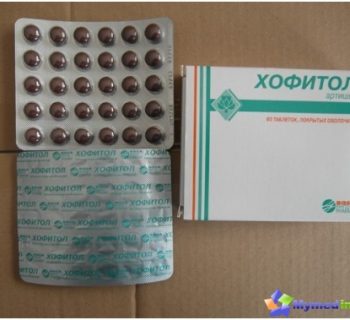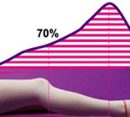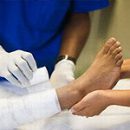As an effective antiseptic, chlorhexidine in medicine is used widely. It is used by surgeons, dermatologists, urologists, gynecologists, otorhinolaryngologists, nurses and t. D. The use of this drug dentists in different directions allows to successfully combat most gram-positive and gram-negative bacteria, having a bactericidal action. Chlorhexidine acts on yeast-like mushrooms. You, dear readers of the magazine our website, can now get acquainted with the spectrum of application of this antiseptic in dentistry.
Indications for the use of chlorhexidine in dentistry
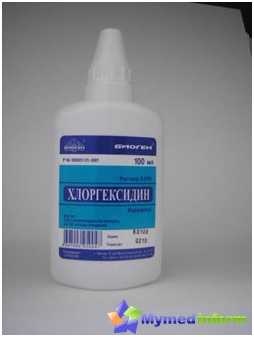
It should be said that chlorhexidine is produced in the form of a Bigluconata. Note the most significant options for its use in dental practice:
- Chlorhexidine Bigluconate is used to handle the hands of a dentist surgeon before putting on gloves at a concentration of 0.5% alcohol solution or 1% water.
- In periodontology for the treatment of gum disease, dentists have achieved significant success in the treatment of severe inflammatory processes. An example is the elimination of symptoms of chronic generalized periodontitis, as well as its exacerbations. The symptoms of this disease can be expressed by the strong bleeding of gums, throat, significant mobility of the teeth, as well as a sharp and unpleasant odor. When using dosage forms that contain chlorhexidine, as the main active substance, in two weeks, the main symptoms disappear, and the level of hygiene comes almost to normal. Especially effective use of drugs with chlorhexidine, which are placed in periodontal pockets. Antimicrobial activity of chlorhexidine Bigluconata leads to the elimination of symptoms of inflammation.
- In order to remove the tooth in the maximum sterile conditions, many surgeons ask the patient to rinse the oral cavity with a weak solution of bigluconate chlorhexidine, for example, solution «Amident» or «Elhydium».
- For home treatment of inflammatory gums of varying degrees of gravity (gingivitis, periodontitis) and gels are used, which includes chlorhexidine, for example, «Metrogil Denta», «Elugel, «Dentamet» and T. D.
- To the composition of dental pastes, such as «Curaprox» and «Elhydium» Includes chlorhexidine that has a focused antibacterial effect.
- Chlorhexidine is used as part of the so-called «Surface» Anesthesia. Gels or sprays of local anesthetic lidocaine in combination with chlorhexidine, besides «Frost» Before injection with a syringe, eliminate the bacterial dissemination of the place of the future of the needle, preventing infection of tissues. Also, in combination with local anesthetic, chlorhexidine has an antimicrobial effect during the removal of a toothache and plaque, as well as after it.
- Chlorhexidine has a positive effect and in the endodontic processing of infected channels. When using a 2% solution, the effectiveness of this antiseptic allows it to compete with popular funds for drug processing of root canals.
Contraindications for the use of chlorhexidine
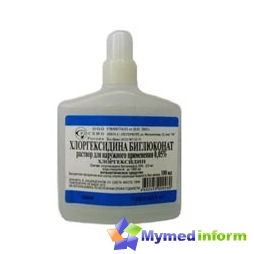
On chlorhexidine, as well as all chemicals, an allergic reaction is possible, in the case of increased sensitivity to this antiseptic. For a doctor processing hands before work, there is a risk of dermatitis. When working with chlorhexidine in the oral cavity, cases of intolerance. When working with channels, processing can lead to serious complications that can lead to a loss of tooth. Under the local application of chlorhexidine in the composition of drugs for the treatment of gums and mucous oily cavities, as well as in combination of antiseptics with local anesthesia, adverse effects of patients sensitive to it are also possible.
For you, dear readers our site, this article is informational. Having received a general idea of the use of chlorhexidine in dentistry, you will not only know why the chlorhexidine dentist or drugs is prescribed or prescribed, but also be able to independently eliminate microbial activity in distressed areas. A competent and reasonable approach to the use of this antiseptic will allow you to eliminate the severe symptoms of the inflammatory process on time. The main thing is to show accuracy and, if possible, consult with specialists. be healthy!

